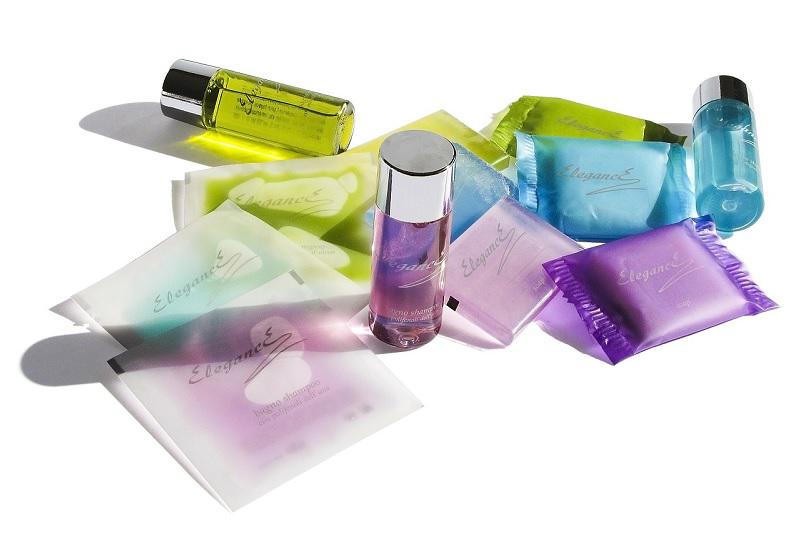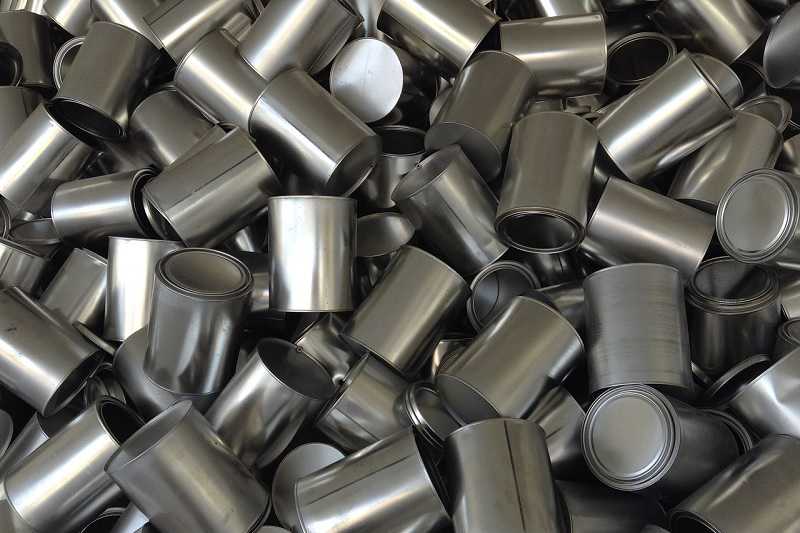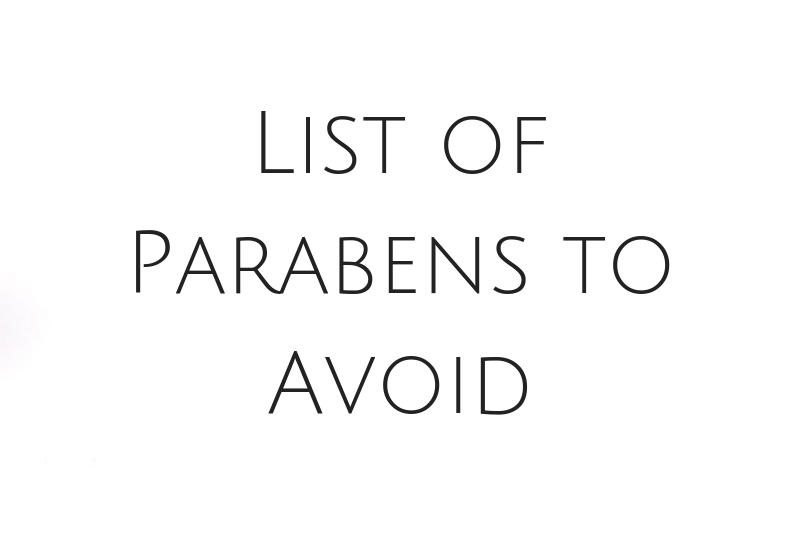Phthalates are everywhere.
These xenoestrogenic chemicals are found in practically everything we use on a regular basis.
According to some studies they can be detected in the urine of around 95% of the global population. Scary statistics, as I’m sure you’ll agree.
Linked to all kinds of health issues including endocrine disorders, birth defects and even cancers, phthalates could post a significant risk to our health so it’s best to avoid these chemicals wherever possible.
However, this is more easily said than done.
Phthalates are notoriously hard to spot and even harder to avoid. That’s when a list of products containing phthalates comes in very handy!
So, we’ve decided to help you out and share with you a list of as many phthalate-containing products as we can think of.
We’ve also included a quick rundown on exactly what these endocrine-disrupting chemicals are, how you can spot them on the ingredients lists and how exactly you can start avoiding them.
Table of Contents
List of Products Containing Phthalates
The following products frequently contain phthalates, though there are usually phthalate-free alternatives available.
- Food storage boxes (including Tupperware)
- Plastic bottles
- Baby formula and baby food
- Pesticides
- Cosmetics, personal care and perfumes
- Insect repellent
- Nail polish
- Shampoo
- Lotions
- Nail polish
- Skin cream
- Body lotion
- Fragrance
- Deodorant
- Hair products
- Shampoo
- Body wash
- Shower gels
- Hair gel
- Hair mousse
- Hairspray
- Nappy cream
- Baby soap
- Baby shampoo
- Baby body wash
- Facepaint
- Glitter gel
- Coated, time-release vitamins and medication
- Medical devices such as IV bags, drips and plastic tubing
- Shower curtains
- Vinyl flooring
- Carpets
- Vinyl wallpaper
- Window blinds
- Nappy changing mats
- Raincoats
- Wellies
- Inflatable mattresses (air beds)
- School supplies
- Car interiors
- Air fresheners and plugins
- Electronics
- Computers, laptops, tablets and phones
- Plastic jewellery
- Toys
- Craft materials
- Coating on wires and cables
- Plastic sex toys
- Tap water
- Meat products
- Dairy products (especially cheese)
Whilst it’s sadly impossible to avoid phthalates altogether, you can reduce your exposure to these potentially toxic chemicals.
Refer back to this list of products which contain phthalates and you can make healthier shopping choices that will make a difference to your health and the planet.
What Are Phthalates?
Phthalates are a group of chemicals which are used in the manufacture of plastic products.
These chemicals help soften plastics and allow them to be light, flexible and strong.
Think PVC, rubber ducks in the bathroom and wellie boots.
When used in cosmetics, phthalates help boost the absorption of this product into the skin, improve its texture and allow the product to be spread more evenly over the skin.
There are many types of phthalates which include:
- DBP (di-n-butyl phthalate)
- DEP (diethyl phthalate)
- DEHP (di-(2-ethylhexyl) phthalate or bis (2-ethylhexyl) phthalate)
- BzBP (benzylbutyl phthalate)
- DMP (dimethyl phthalate)
You’ll find these chemicals absolutely everywhere, from cosmetics to perfumes, building materials, food storage containers, kids toys, electronics, household goods, food and drink, rain gear, and even baby toiletries.
What’s the Problem with Phthalates?
Numerous studies suggest that phthalates pose significant health risks for the human body.
Known as ‘endocrine disruptors’ to the scientific community, these so-called ‘gender-bending’ chemicals could affect your natural hormone balance at all stages of life and trigger hormone imbalances like PCOS and PMT, trigger or worsen infertility, reduce sperm count and potentially increase your risk of developing breast cancer.
Phthalates appear to be especially harmful when it comes to the growth and development of unborn babies, contributing to genital deformation, premature puberty, lowered IQ, behavioural problems like ADHD, diabetes, reduced masculinisation and autism.
How to Avoid Phthalates
It’s certainly not an easy task to avoid phthalates as they are almost everywhere. However, you can take steps to reduce your exposure to this harmful chemical by taking the following steps.
1. Check your labels
Whilst you won’t find anything on a label that says ‘phthalates’ outright, you can identify those products most likely to contain them by checking which type of plastic the item is made from. Look for a recycling symbol and look out for the numbers 3 and 7. These are most likely to contain phthalates.
2. Avoid fragranced products
If you see the word ‘parfum’ or ‘fragrance’ on your product, you can almost guarantee that there are phthalates lurking in there somewhere. Opt for unscented or naturally scented products instead.
3. Never heat your food in plastic
When plastic is heated, it can leach chemicals into your food which then end up in your bloodstream. Instead choose glass, stainless steel or silicone bakeware instead.
4. Go organic!
The phthalates found in foods are the result of farmers spraying with pesticides. You can easily avoid these by choosing organic produce, organic meats and organic dairy instead.
5. Get a water filter
Unfortunately, phthalates are often used to line water pipes but you can avoid these by investing in a granular activated carbon filter to remove it.
6. Don’t use old plastic toys or food storage containers
Those cute toys from your childhood and vintage Tupperware containers were manufactured in a time before there were laws about phthalates or BPA, so they’re generally best avoided. But don’t worry – this only applies to soft plastics so your old Lego is safe.
7. Avoid plastics wherever possible
Phthalates and other harmful chemicals could be lurking in most plastic items in your home, so it’s best to avoid plastics wherever possible. Stainless steel, glass, silicone, cloth, paper and cardboard are great eco-friendly alternatives.
How to Spot Phthalates on Ingredients Lists
Unfortunately, ingredients lists generally make it difficult to identify phthalates. They are usually written as a 3 or 4-word acronym. Here are some to look out for:
- BBP (butyl benzyl phthalate)
- DBP (di-n-butyl phthalate)
- DEHP (di-(2-ethylhexyl) phthalate)
- DEP (diethyl phthalate)
- DiDP (di-isodecyl phthalate)
- DiNP (di-isononyll phthalate)
- DnHP (di-n-hexyl phthalate)
- DnOP (di-n-octyl phthalate)

Charlotte Witts is a writer and entrepreneur who wants to show you how easy it is to live a more conscious, zero-waste lifestyle. A confirmed yoga-addict, trail runner and ocean-lover, she currently lives in the Azores where she enjoys the simple pleasures in life.




Thanks for the info Charlotte, these compounds are really insidious in the way they invaded all areas of our lives. We need to get back to basics clearly
Also PET – Polyethylene terephthalate The plastic containers that cosmetics are packaged in. Also mylar bags which are biaxially-oriented polyethylene terephthalate (BoPET) Its everywhere.
After reading your Phthalates article, I decided to check our bottled water test results. We use Purified Walmart Drinking Water, enhanced with minerals, and filtered with reverse osmosis. After reading the Walmart report, I am very impressed. All phthalates are ND; Not Detectable. Walmart Great Value makes the best bottled water I have tasted, and the test results were shocking they were so GOOD. To see the test results for yourself, go to:
https:// corporate.walmart.com/waterreport